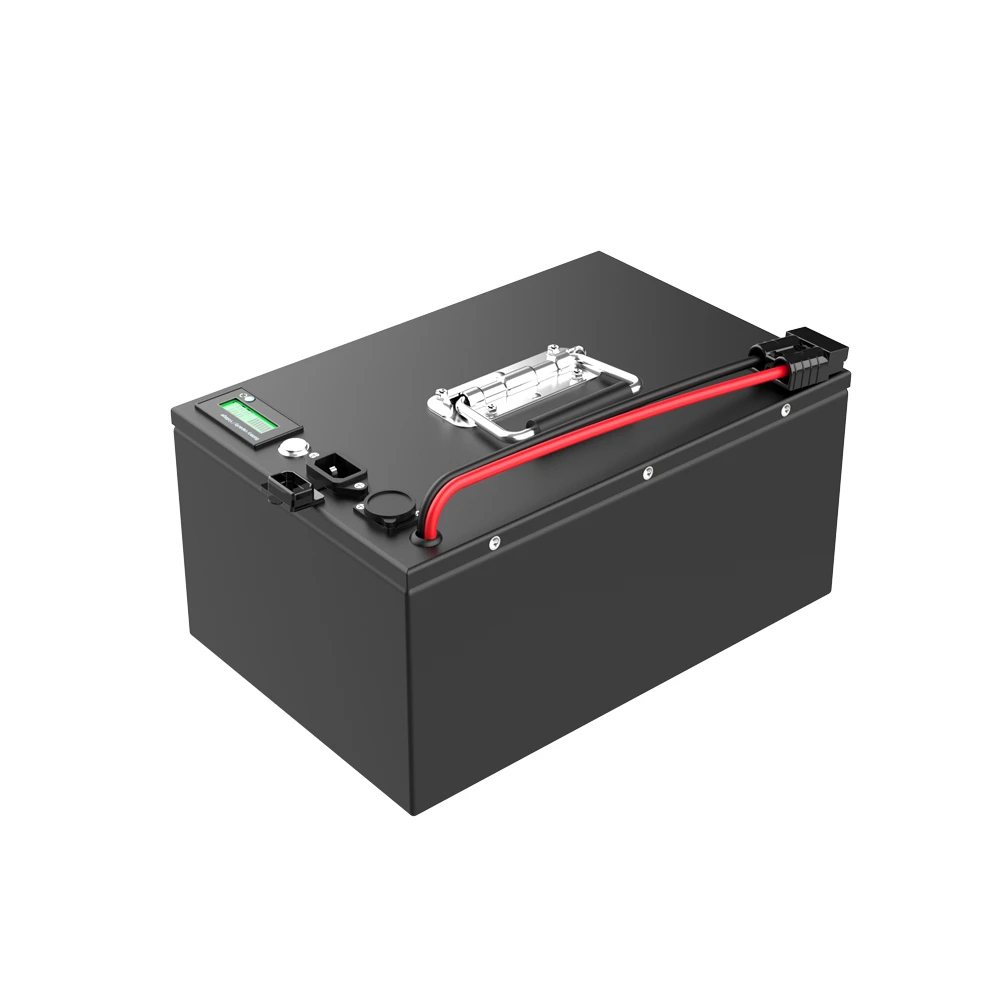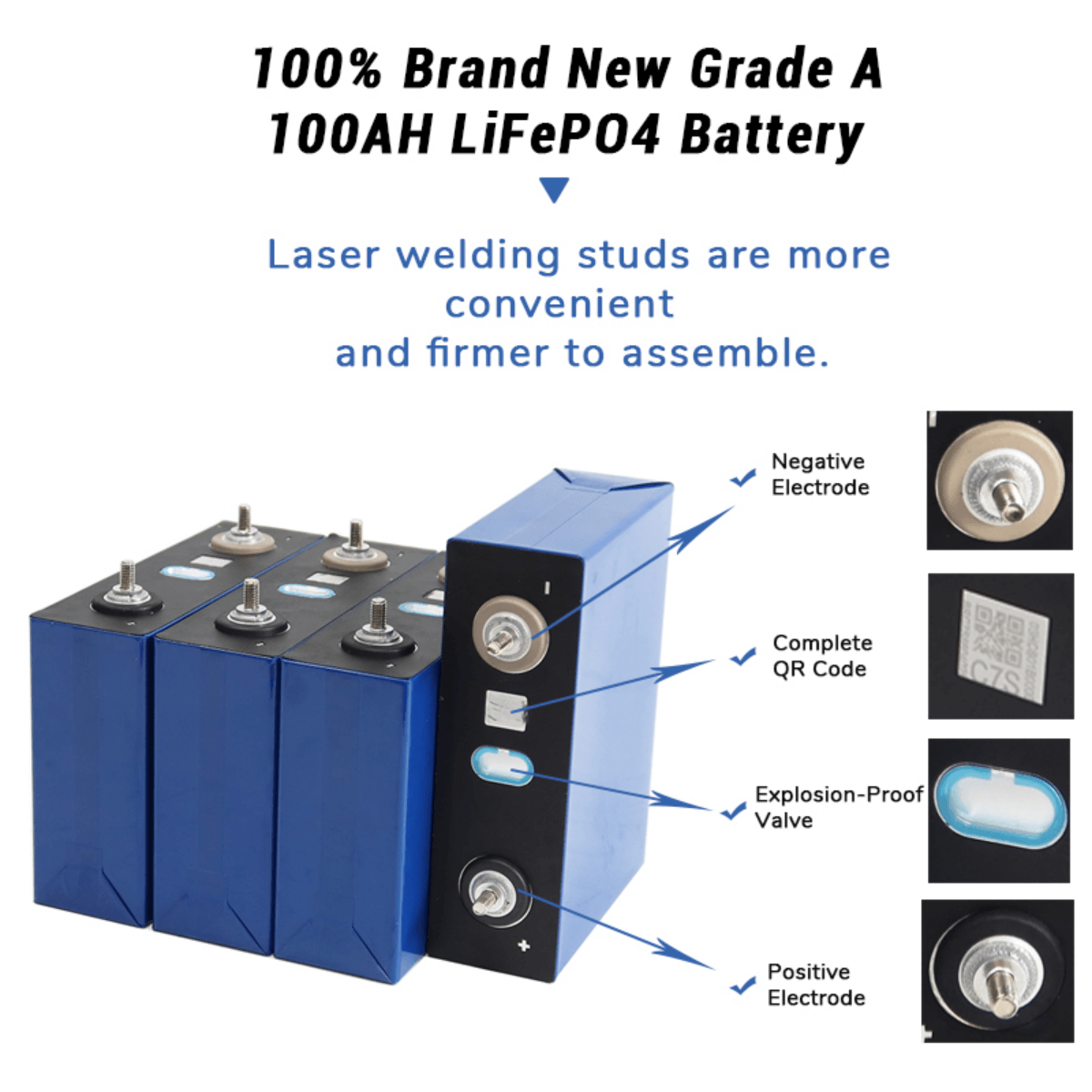Lithium-ion battery cells come in a variety of shapes. Initially, the focus was on the cylindrical format, but recently, bag-shaped cells and prismatic cells have also appeared.
Prismatic cells in particular, as well as cylindrical cells, seem to be the most promising developments. Indeed, although the 4680 from Tesla, BMW and others seems to be leading cylindrical cells into a bright future, it is the prismatic cells that many analysts believe could ultimately come out on top. Batteries Lithium Ion

Let's start with how they work: prismatic cells, like cylindrical cells, are lithium-ion cells and therefore use two electrodes, a separator and an electrolyte.
More specifically, they have an anode (negative electrode), made of graphite or silicon, and a cathode (positive electrode), made of lithium metal oxide to which various other elements such as nickel, manganese and cobalt are added. They are separated by a separator, usually made of plastic.
The electrodes and separator are made of foil and are then immersed in an electrolyte (almost always a liquid) that allows the electrodes to move in either direction, depending on whether energy is being stored or transferred.
Prismatic cells, like the others, are cells in which the active component is enclosed in a rigid envelope. Their advantage over cylindrical cells is in terms of space management within the battery pack itself: thanks to their rectangular shape, they can be placed next to each other with minimal bulk.
There are two types of prismatic cells: those in which the sheets of electrodes and separators are stacked on top of each other, and those in which they are rolled on themselves and then flattened. For the same volume, stacked-foil prismatic cells can release more energy at the same time, offering better performance, while flattened-foil prismatic cells contain more energy, offering a longer service life.
CATL prismatic cell with nickel-manganese-cobalt chemistry
Prismatic cells are generally large. The fact that they are bulky (the long side can exceed 20 cm) means that they are mainly suitable for stationary energy storage systems and electric vehicles.
They are less easy to use for devices that require smaller batteries, such as electric bikes, laptops or telephones. In general, cylindrical cells are considered to be better suited to uses requiring greater power, while prismatic cells are more suitable when it comes to optimising energy efficiency. But with the latest technological developments, this dividing line is becoming increasingly blurred.
Tesla is equipping the RWD versions of the Tesla Model 3 with prismatic cells featuring LFP chemistry.

12v 100ah As we mentioned, cylindrical cells are currently the most popular in electric cars. But things are changing, mainly for two reasons.